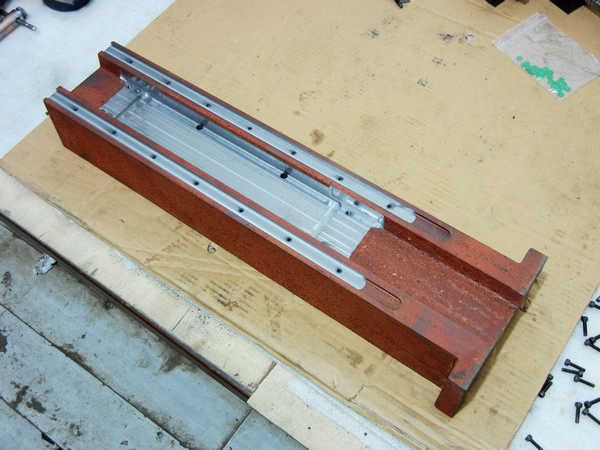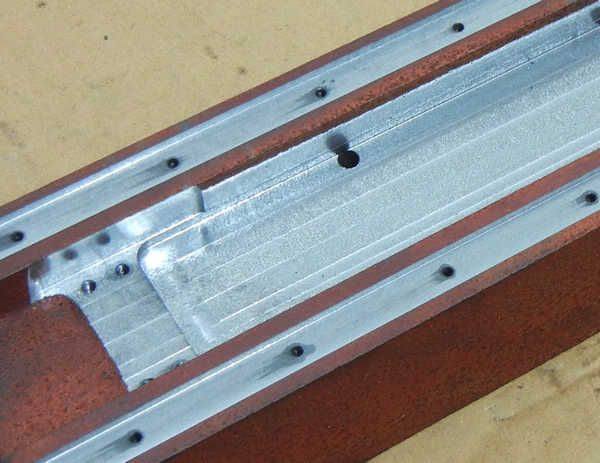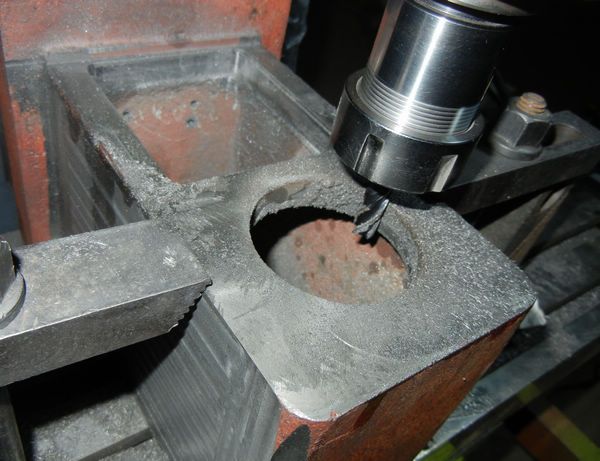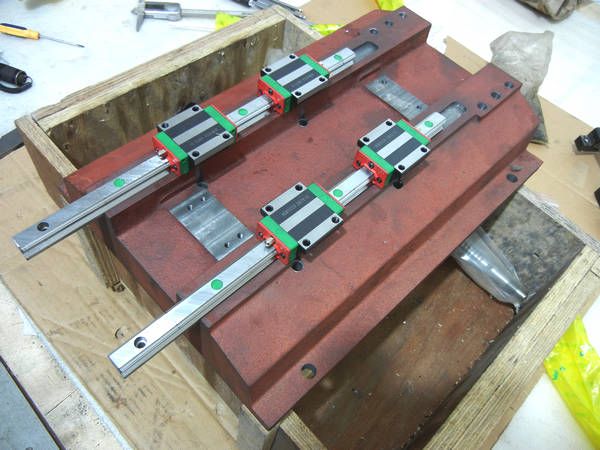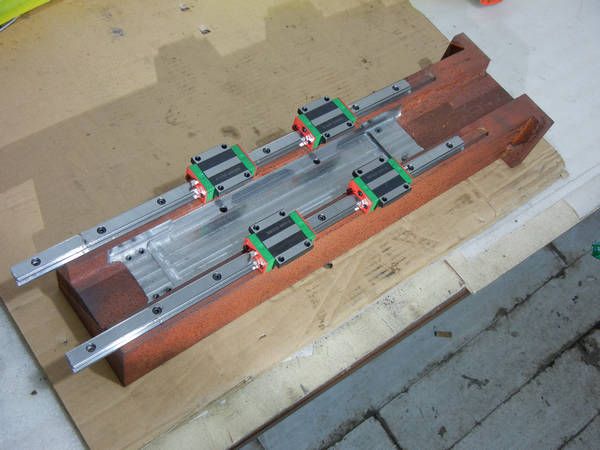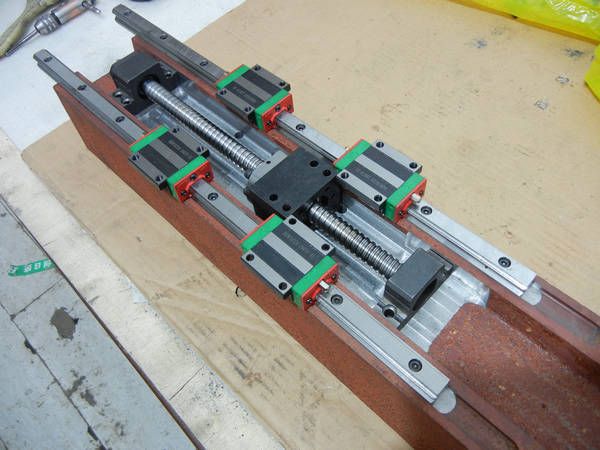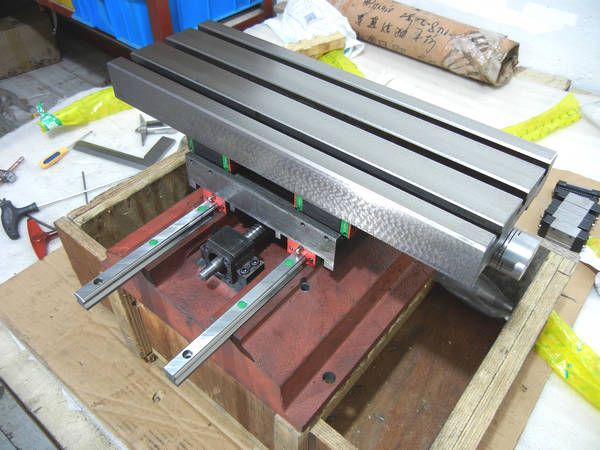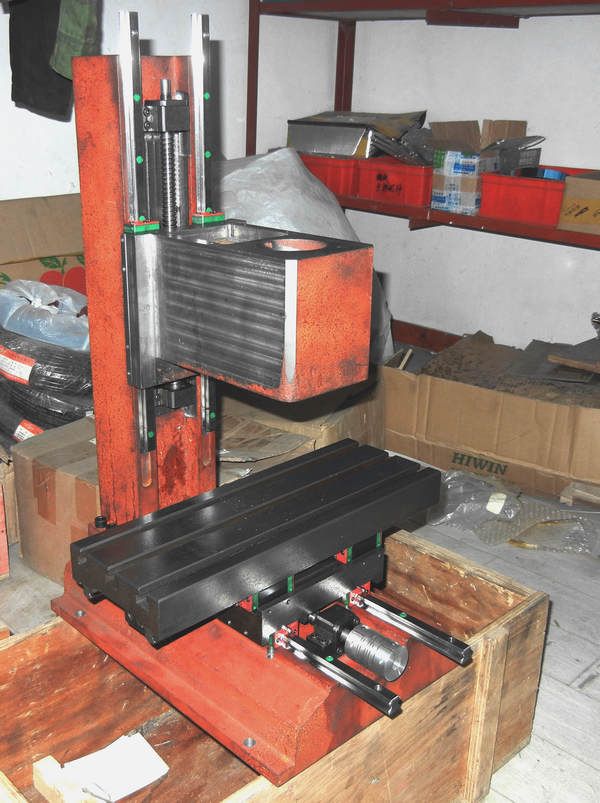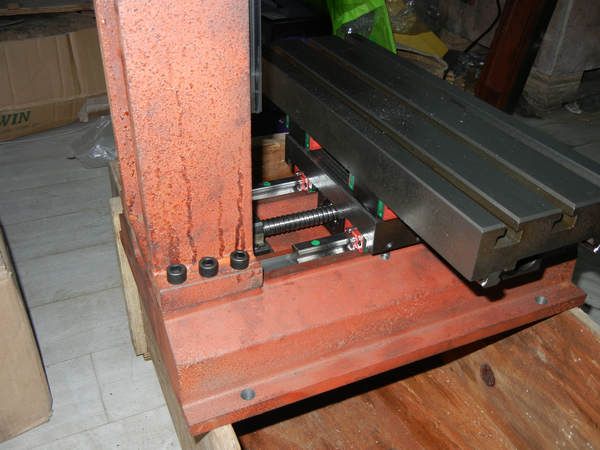
Originally Posted by
handlewanker

Hi skyfire, just as observation.....the biggest problem of any verticle mill is the weight of the Z axis and having all that casting in the box to carry not only the spindle but the drive motor too.
I would have to think that the actual spindle and work holding mechanism would only occupy approx 1/10th of the total weight of the Z head casting.
If this is intended to be a commercial break through and go beyond where other bench mills have gone for CNC useage but as a CNC mill from the beginning instead of as a retrofit, then I would have thought that the casting and box could be eliminated completely if the spindle and motor were incorporated as one unit....already available I know, but for this project it would put it into the 21st centurty thinking completely, instead of partly in the 20th with the Z axis still having a large body of excess metal to move about.
This is how I would have designed the "New Wave" CNC table top mill, which so far has only been available by retrofitting existing manual mills, having a quill that is not used for Z axis movements.
I see on Ebay that a gantry router is available with a water cooled motor spindle of about 1.5 HP, and this motorised spindle is available as a replacement retrofit for existing package supplied ganty routers.
Apart from low speed and torque required for tapping and/or reaming operations, what is the necessity for any low speed preference that makes the low speed torque necessary so requiring to have a two stage belt drive to achieve this?
The largest diam cutter would be for ER25 approx 15mm, making no use of low speed ever, especiall if carbide cutters were in normal useage.
Given the choice I would not go for the head casting design, but lean heavily, with the money aspect as a factor, to the water cooled motorised spindle.
If the tapping operation is a big desire, then I would have to counter argue against this by stating that in most, if not the majority of work, tapping occupies a very few of the operations performed, and so can be done as a second operation off the machine by a dedicated simple drill set-up with tapping head, so making the CNC mill far more efficient.
As for reaming, well the reaming operation does not absorb much torque and so can be performed with the motor spindle running at low speed for a short time without overheating.....it's water cooled anyway.
large diam holes are not a problem as the boring head has become obsolete now that CNC can do any boring that is required, and boring heads could never be used under CNC conditions without being reset by hand at every diam increase.
I may have missed the real need for a slow hi torque spindle speed on a table top mill, if so, enlighten me as I am having this as a preference not to have in any mill I will build.
BTW, you are quite right, a .75hp 3,000 rpm AC motor does weigh quite a bit, even when it's 3 phase.
Ian.






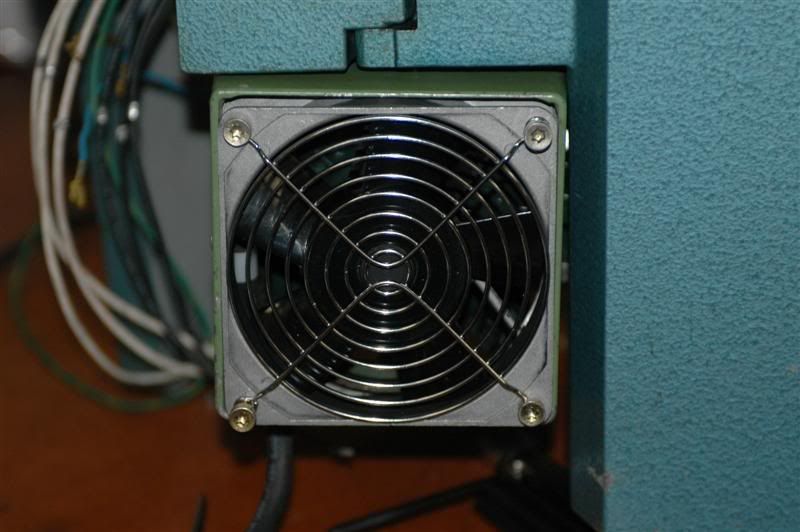
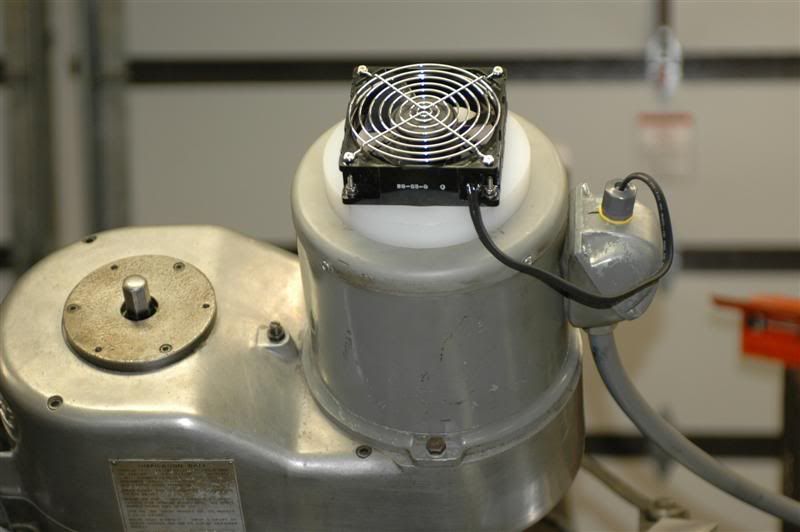
 As the cost of the AC servo amp falls (high only because of limited numer of manfs and industrial orientation), they will beome the common standard (if the rare earth supply isn't contrained by politics and profit motives!).
As the cost of the AC servo amp falls (high only because of limited numer of manfs and industrial orientation), they will beome the common standard (if the rare earth supply isn't contrained by politics and profit motives!). 


